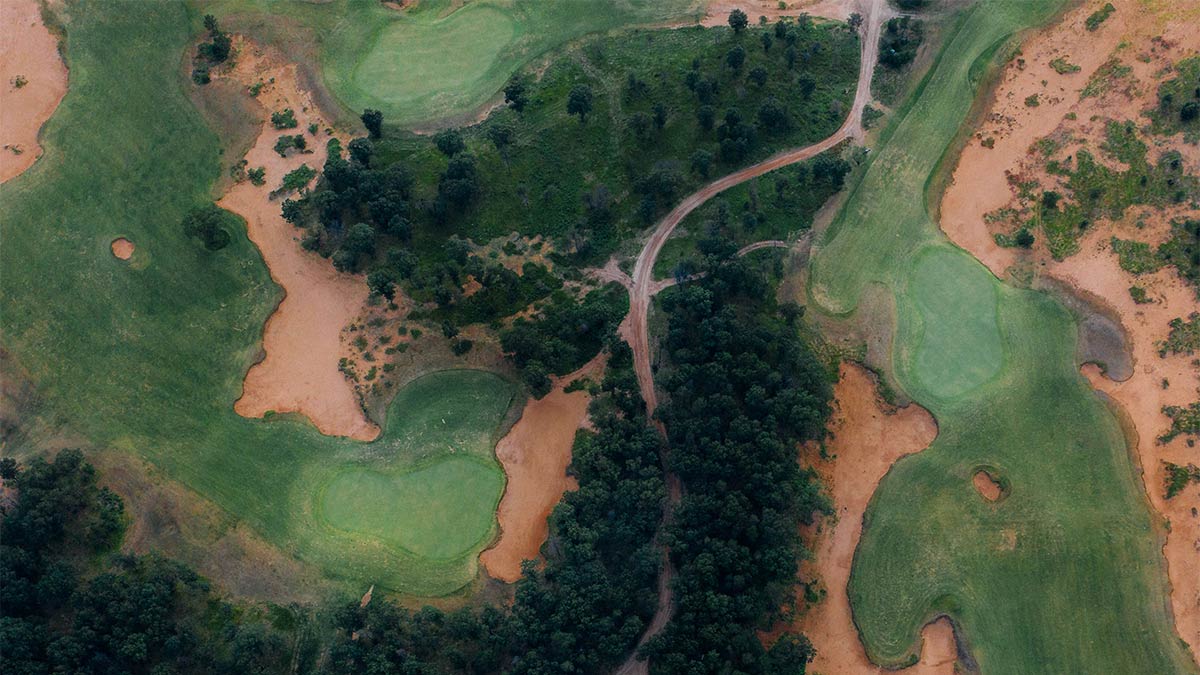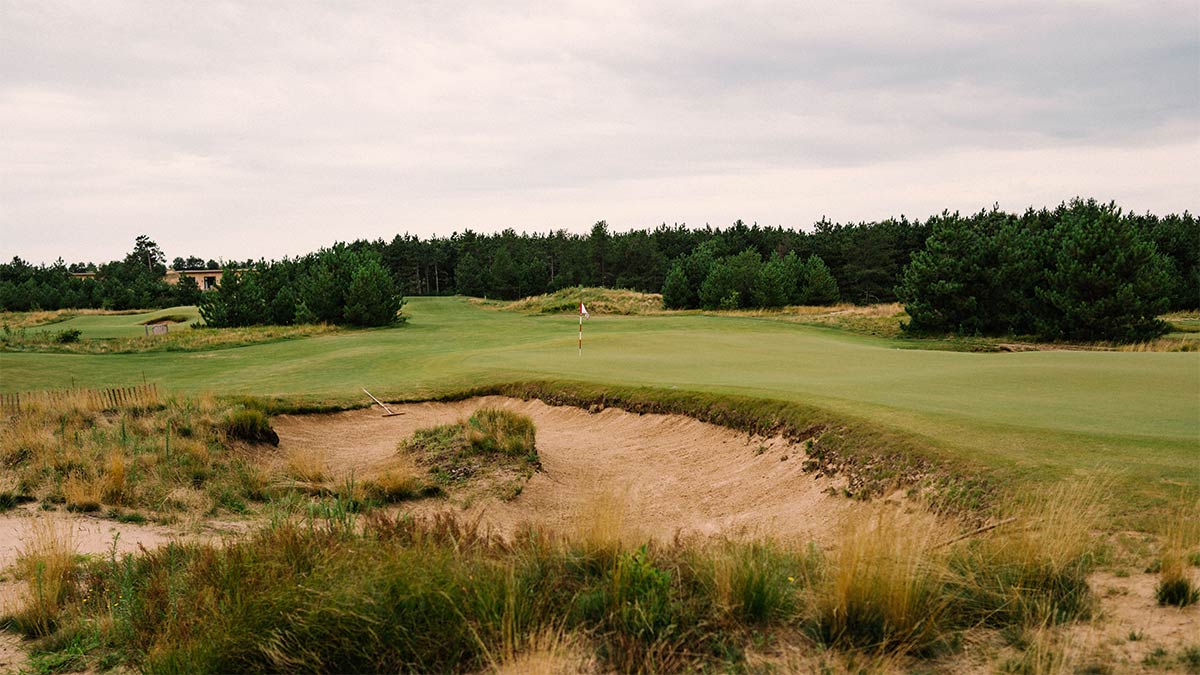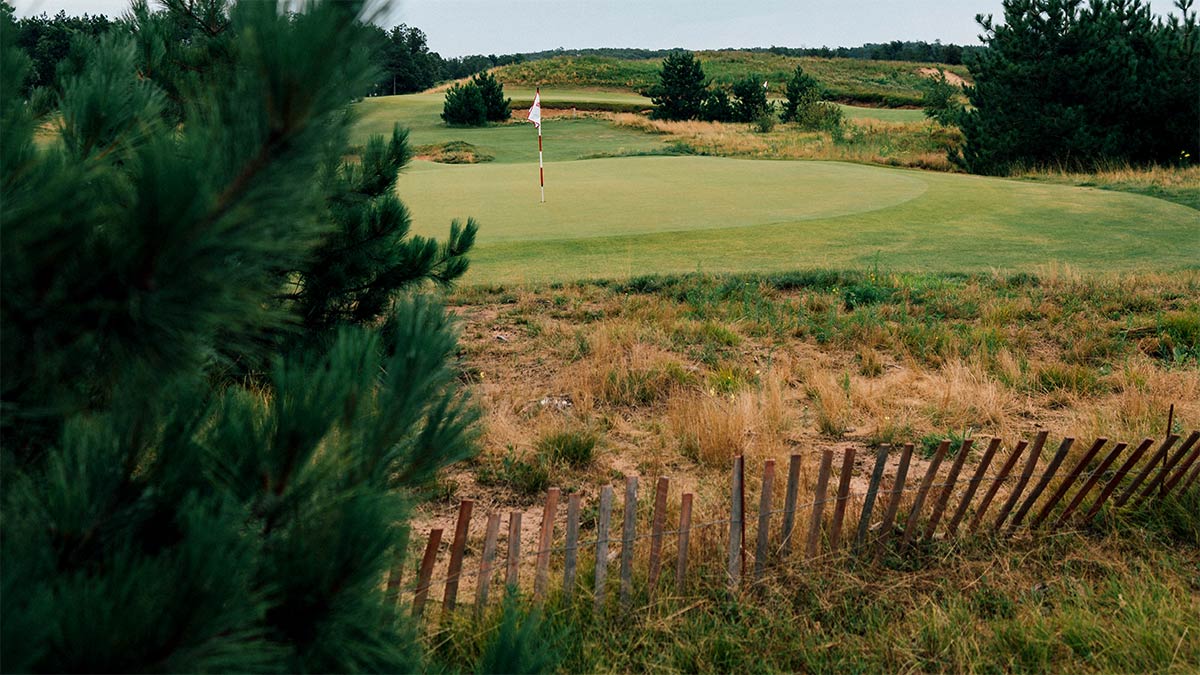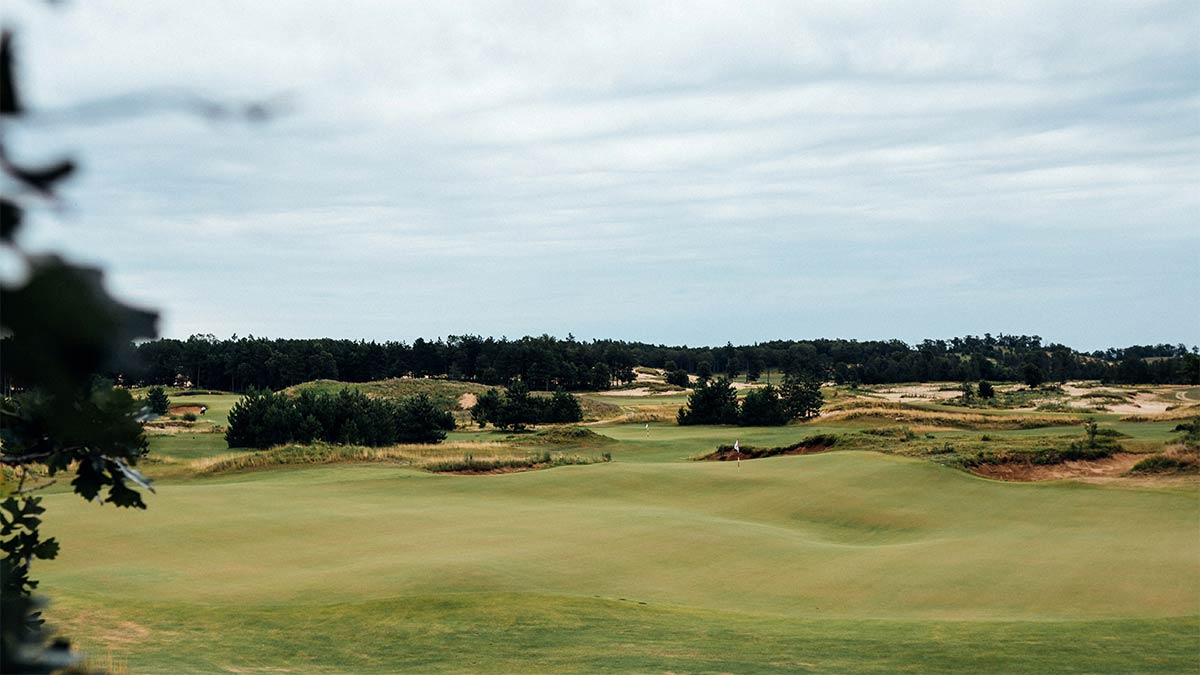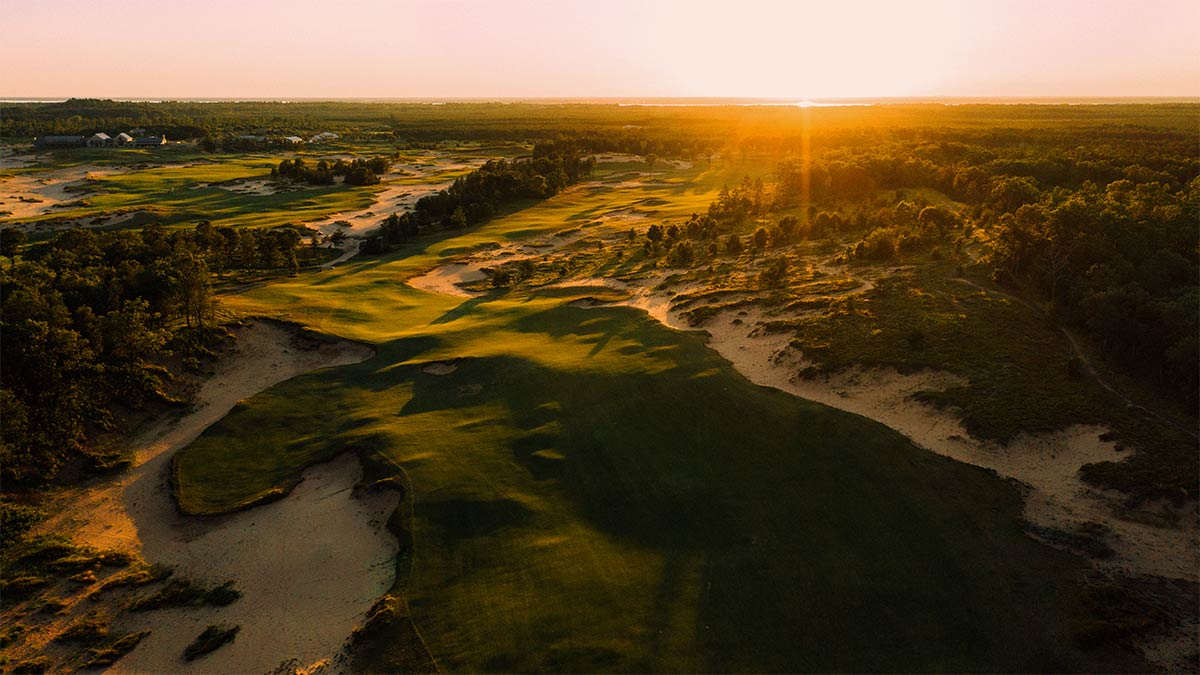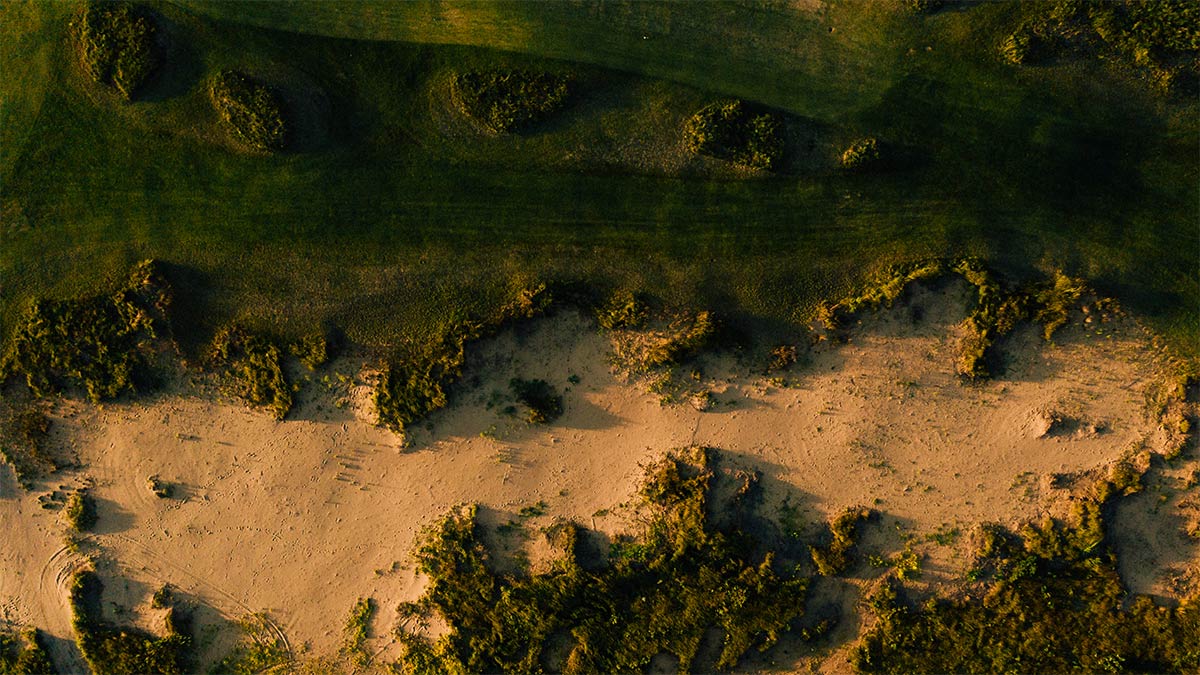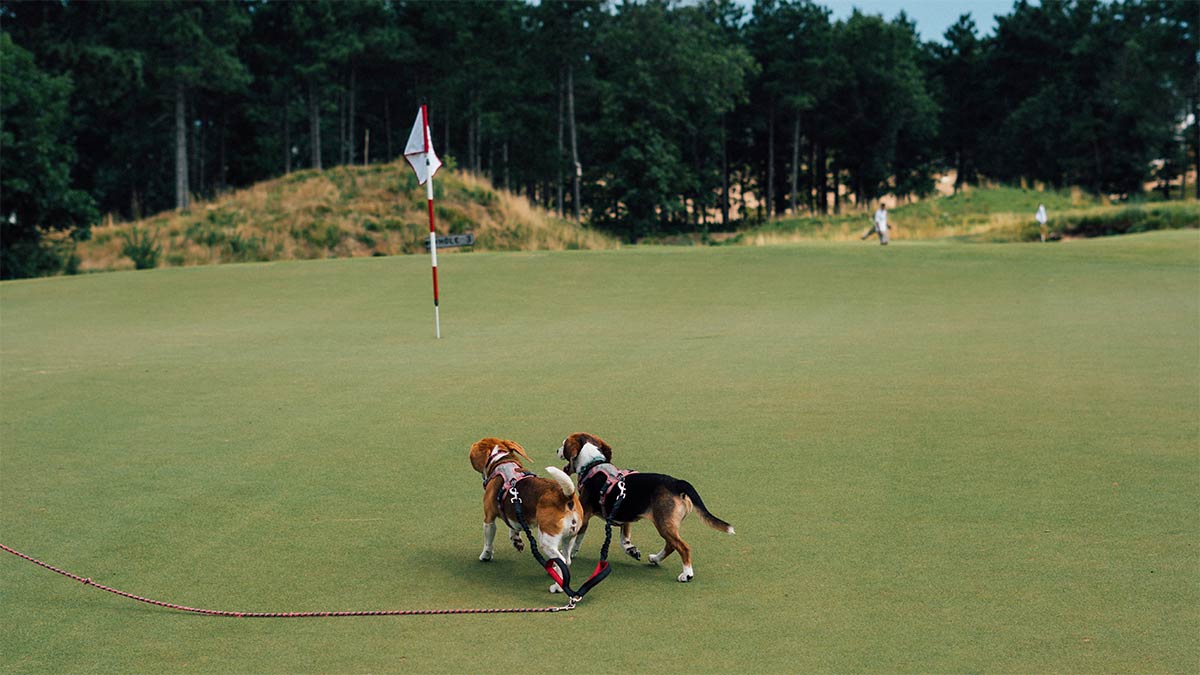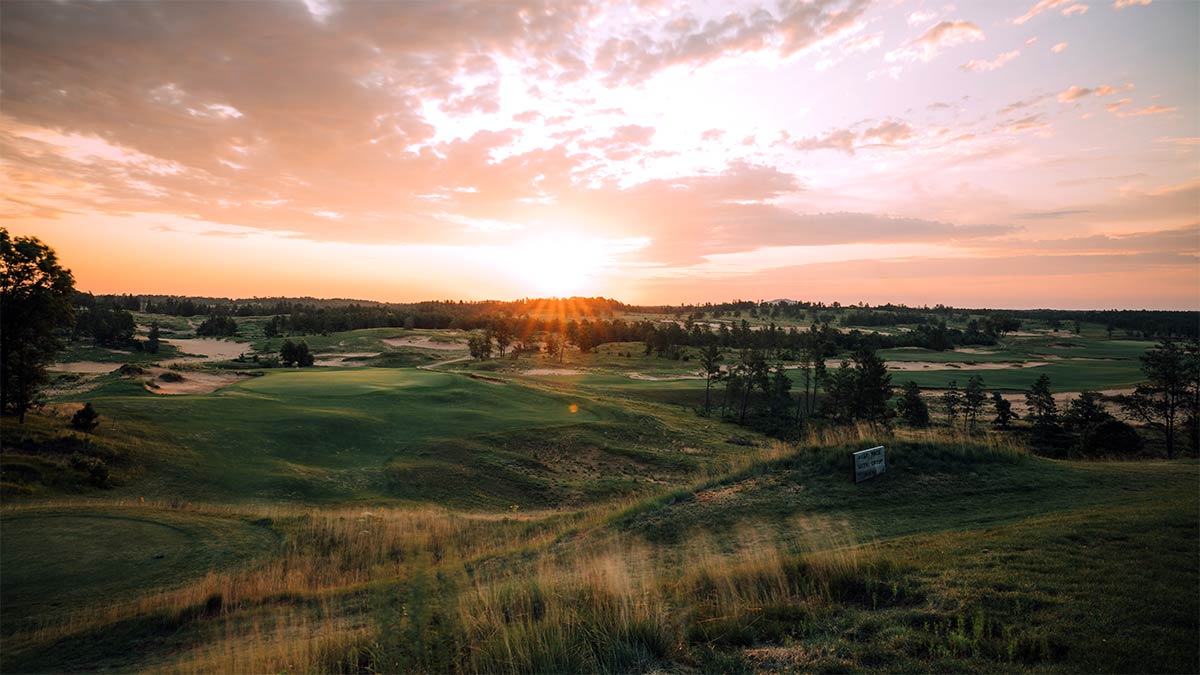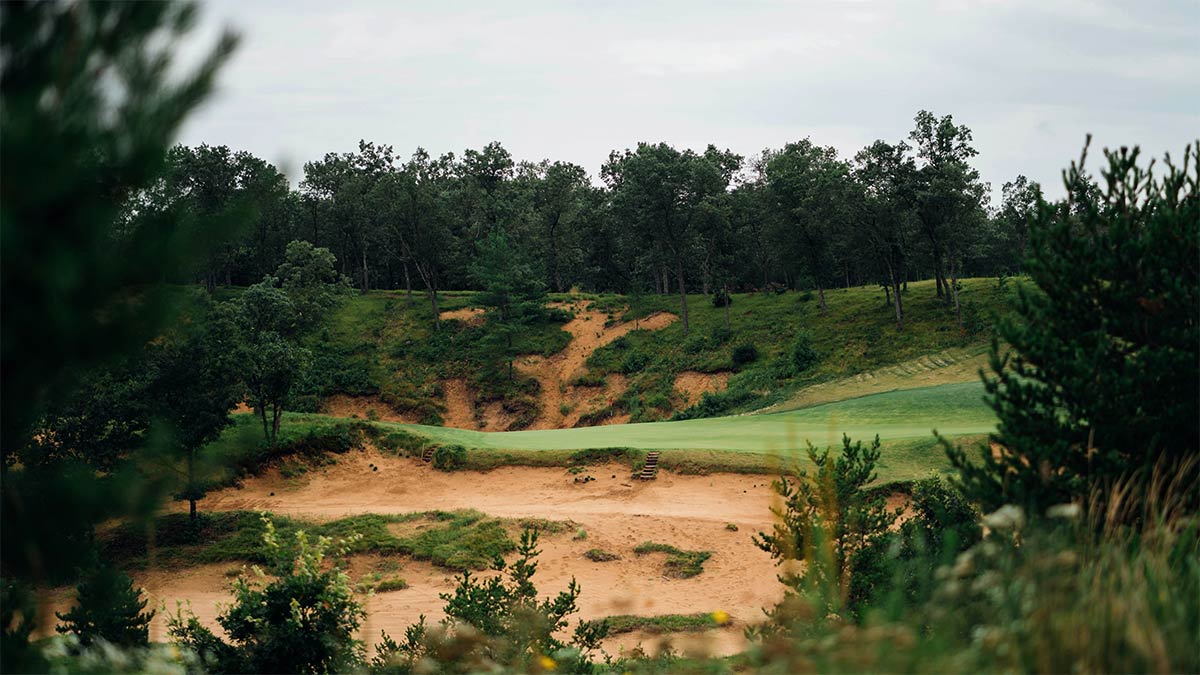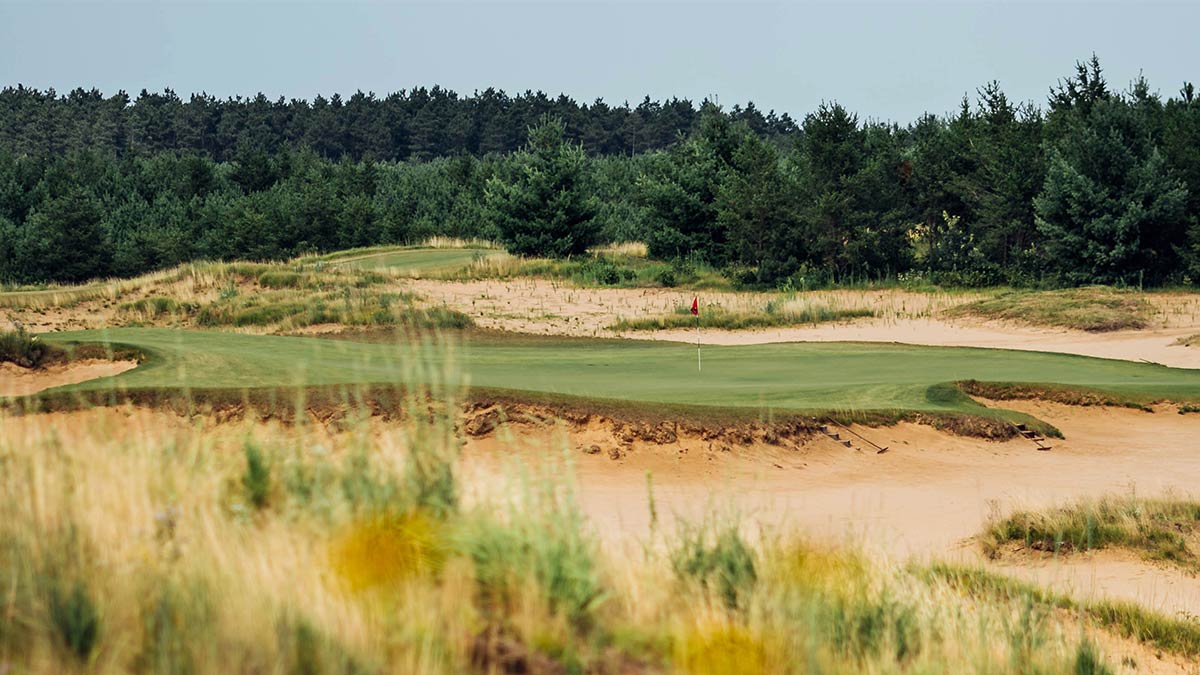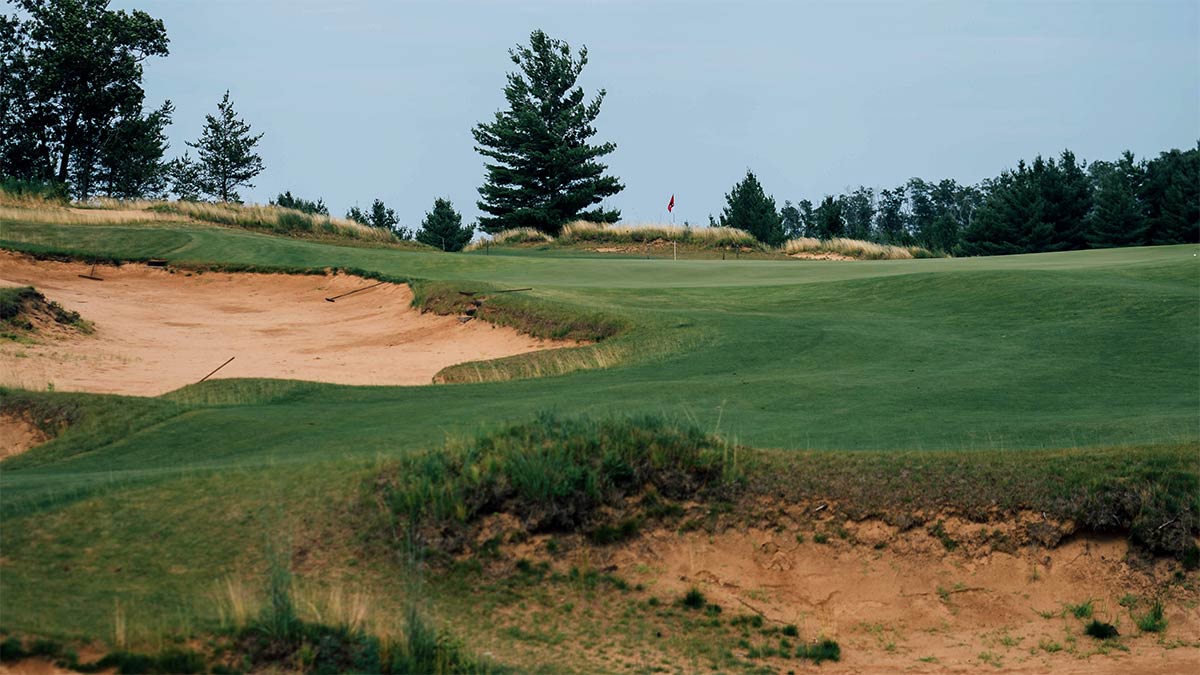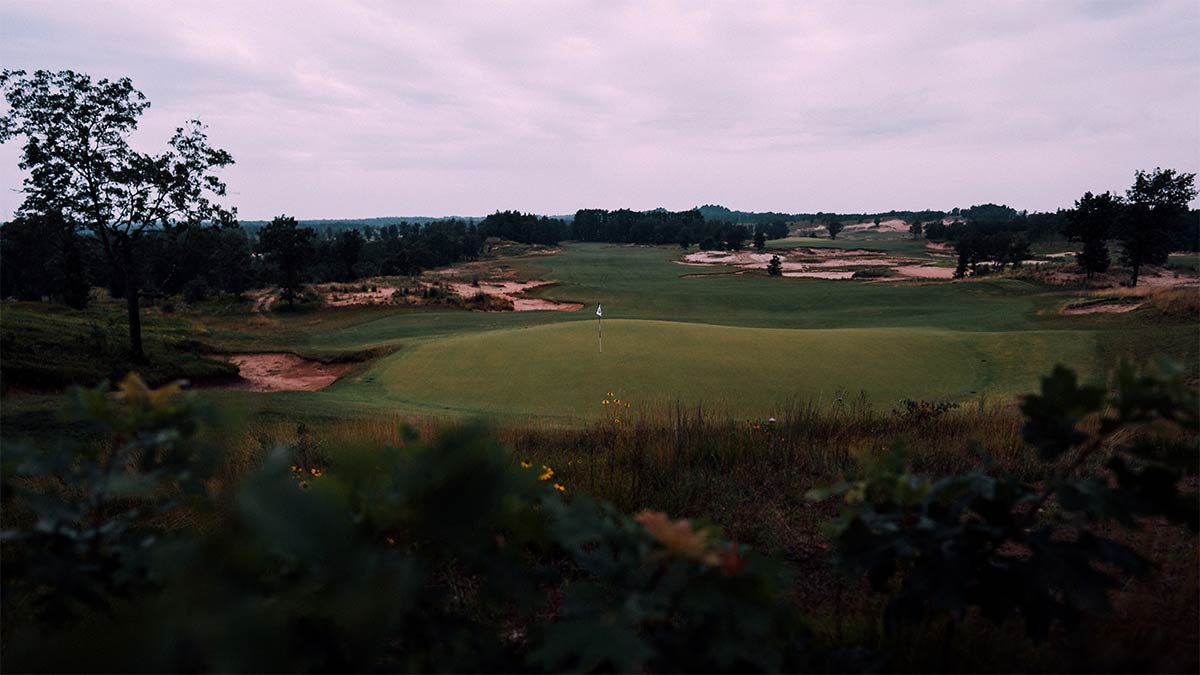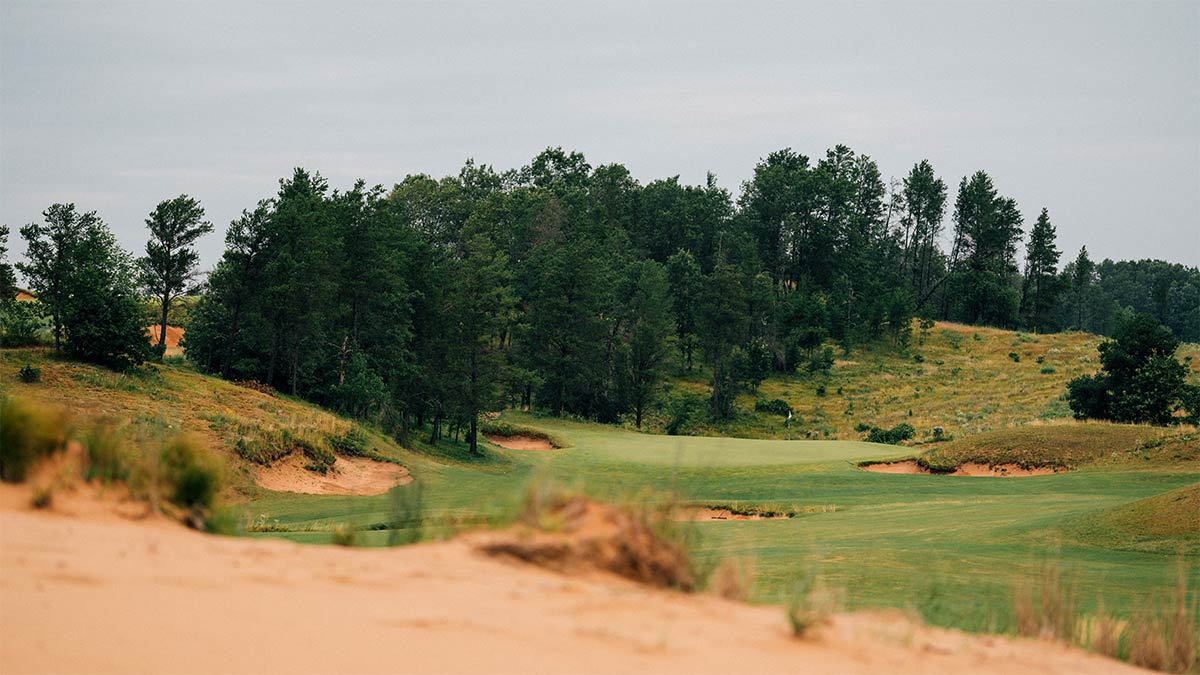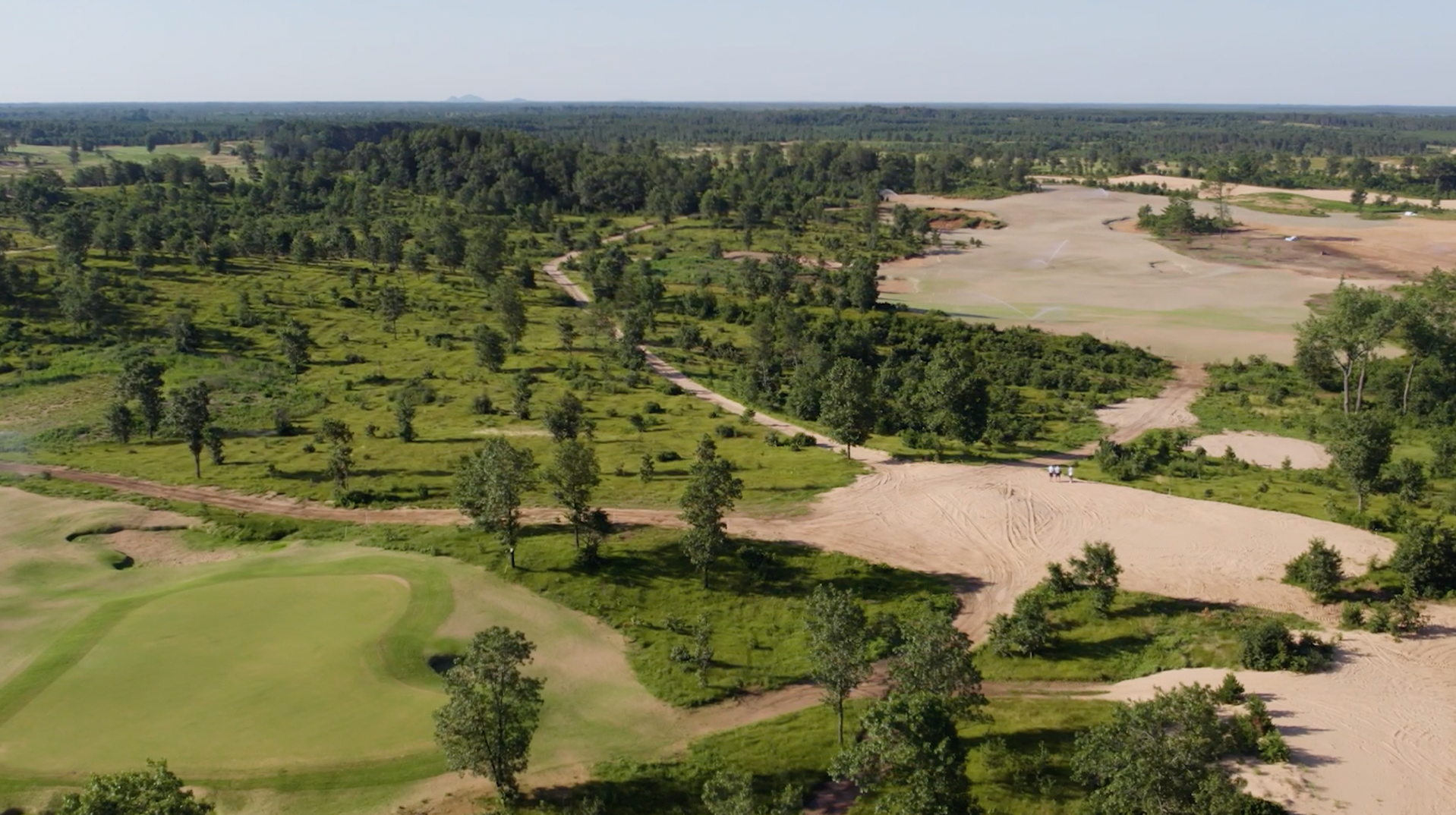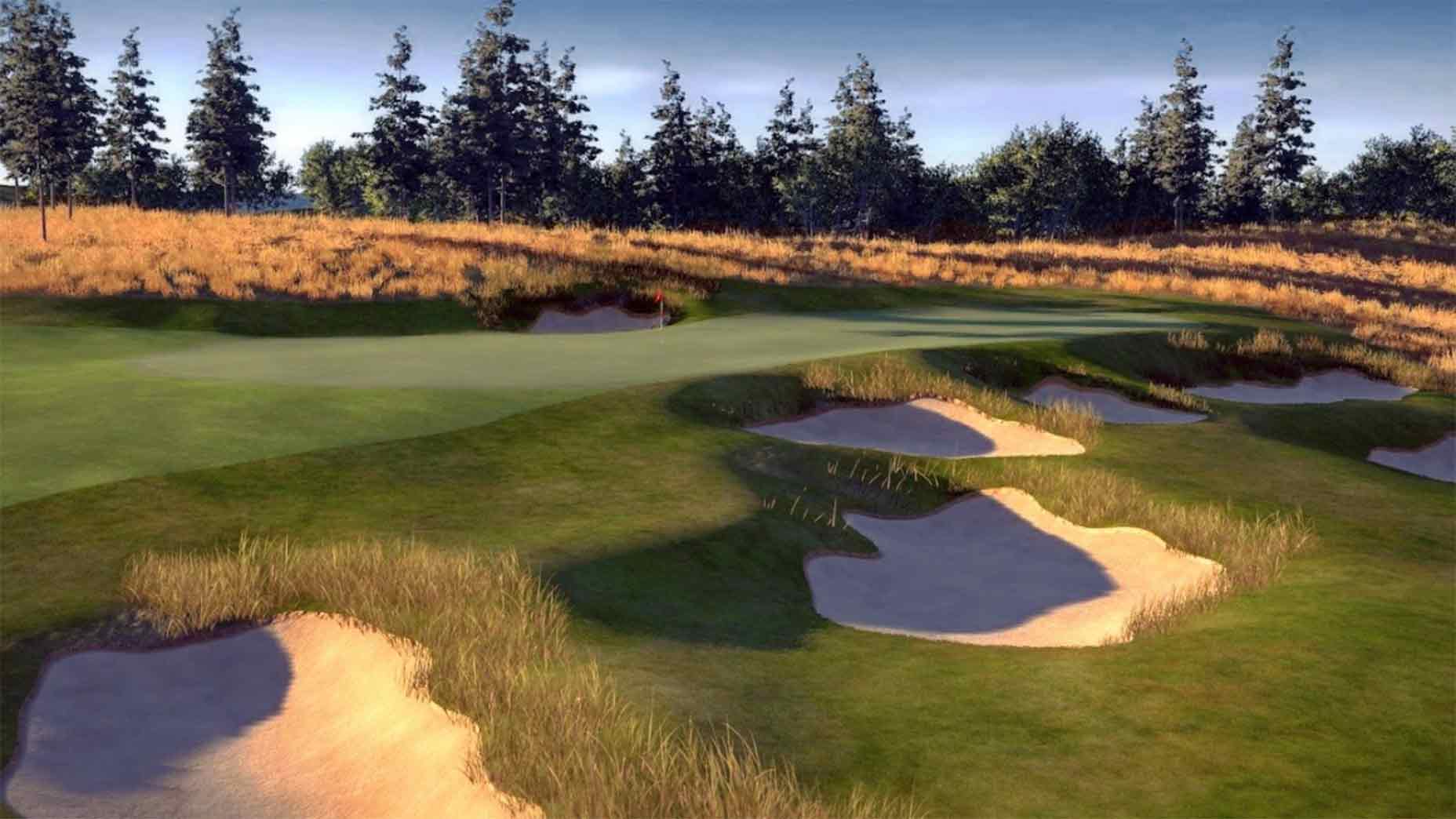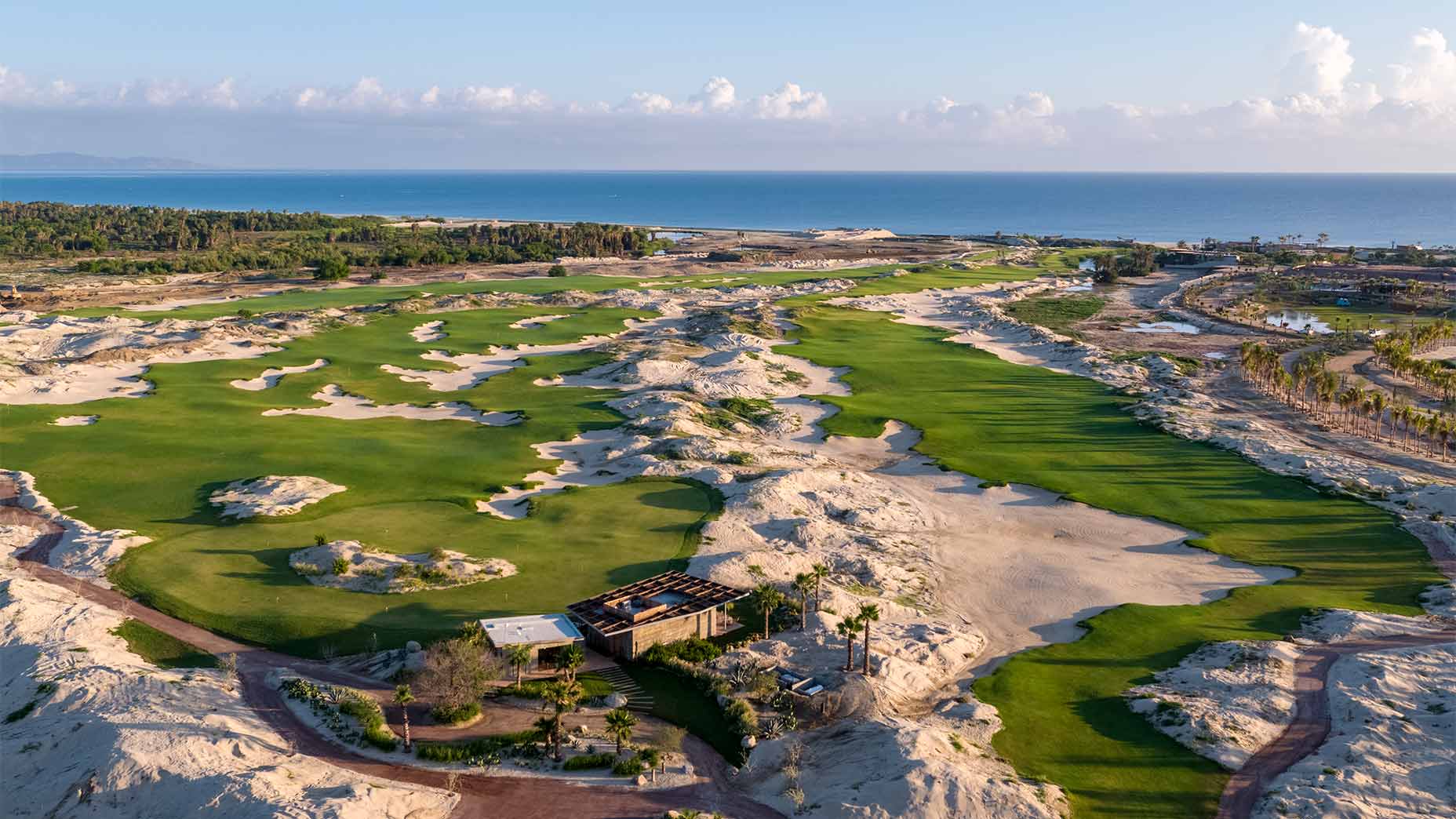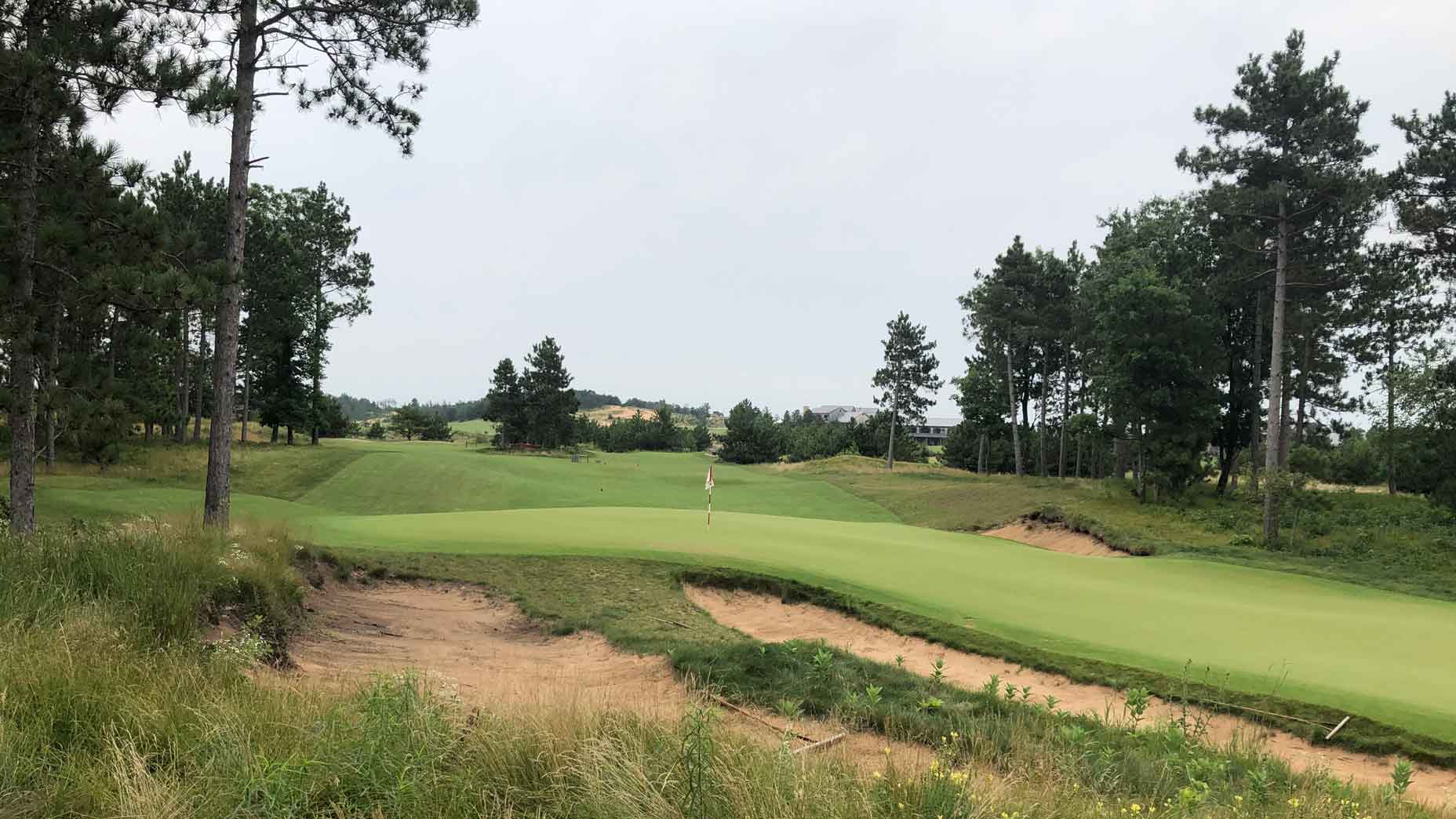Ed. note: As GOLF’s chief photographer and visual editor, Christian Hafer visits some of the most gorgeous and exclusive golf courses and properties in the world. Here, in his Field Guide, he’ll take you along for the ride. Lucky for us, Christian never leaves home without his camera. Follow Christian Hafer on Instagram here.
*****
Sand Valley, in a lot of ways, is out of touch with the rest of golf resorts in America — but in the best ways possible. A laid back yet attentive approach to the experience makes Sand Valley the kind of place everyone can enjoy.
When I walked off the 18th at Coore and Crenshaw’s Sand Valley course, a father and his two daughters had driven up to Craig’s Porch for lunch and ice cream. A group of bikers had just left and a retired couple driving through Wisconsin stopped just to check out the views. Caddies and players buzzed through. It was golf and community melding perfectly, even at the scale of a place this large.
It’s the little things that make Sand Valley great. Like $15 rounds for locals on The Sandbox, the resort’s 17-hole short course also designed by Coore and Crenshaw. Or taking the afternoon to play an alternate-shot eightsome with your whole crew on Mammoth Dunes, the other 18-hole course, which perfectly complements the Sand Valley routing. Then there’s the really important things — like $1.50 tacos, 1st tee beers in canoes at The Sandbox and ice cream sandwiches at the turn. The little things done right, over time, create a bigger impact.
When it comes to the scale of golf courses, 20 acres is less than nothing, yet at Sand Valley it’s one of the most rememberable aspects of the journey. Nearly two years ago I remember walking out of my room near the 17th and playing a couple of the newly opened holes. It was maybe 6 a.m., and when I met with my group later we played with a wedge per person and no putters.
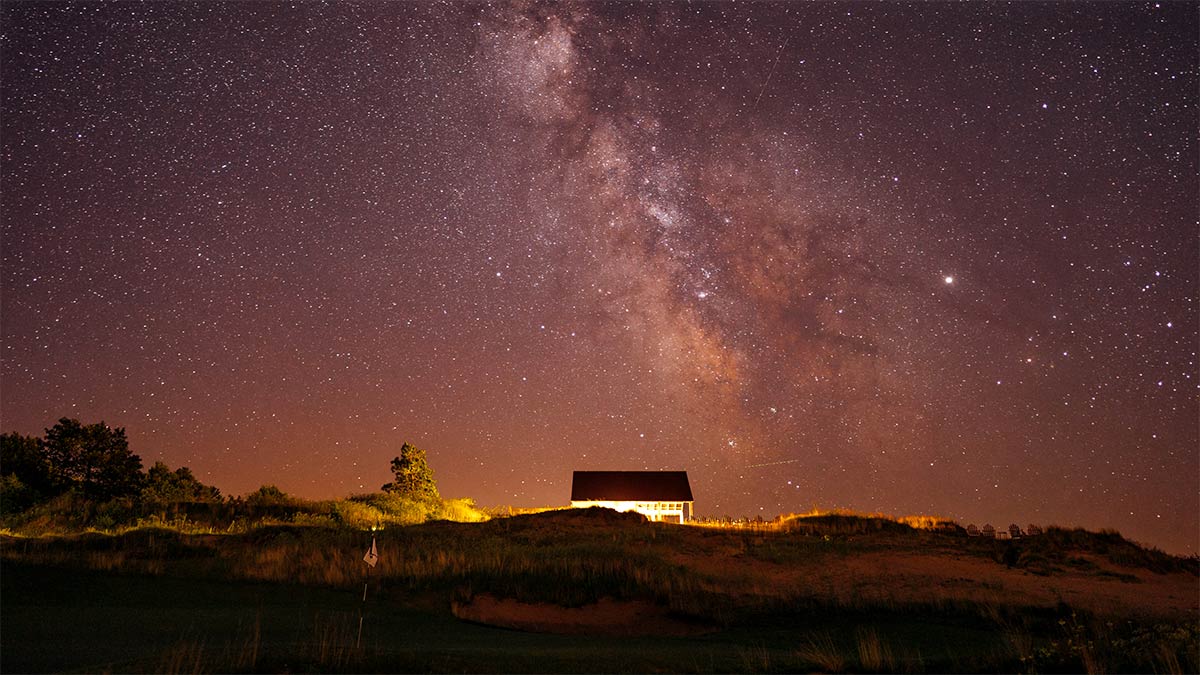
Fast forward two years, and now I’m playing with two beagles watching as a group of six businessmen motor past with beers in hand. Across the way on the mini Biarritz is a group of ladies literally hollering about a near ace. This small portion of land yields so many enjoyable shots and moments. It’s the kind of movement golf communities need to embrace and promote to open the doors to non-golfers and inspire them to be golfers.
MORE FIELD GUIDES: Cypress Point | Pinehurst | Costa Palmas | Great Chebeague
The Sand Valley and Mammoth Dunes courses provide a fresh approach to architecture. While you’ll be able to draw similarities — and even influences — the courses are so different. Mammoth lives up to its name with massive, sweeping fairways littered with options. You may never hit the same shot twice. While Sand Valley presents a bit more of a challenge. The art here is learning the subtleties that allow for scoring. A speed slot here or a flat lie there unlock the greens, while at Mammoth the ground game is your best friend, but the skill comes from judging the bounce. David McLay Kidd, the designer of Mammoth Dunes, told me to take a club or two more into every green and use the mounding to my advantage. But miscalculate it and you’re in for a wild ride.
Sand Valley has all the vibes you could want in golf and some of the most enjoyable courses built in the last 40 years. And yes, there is a lot more to get hyped about — like a third course, designed by Tom Doak, coming in 2022 — which makes my heart happy. Golfers should be thrilled too.

